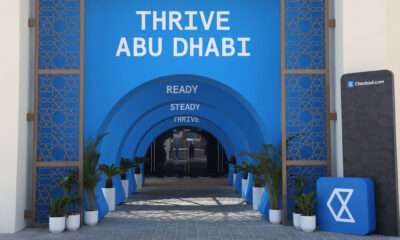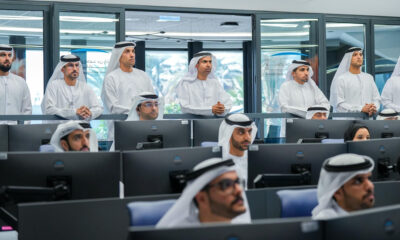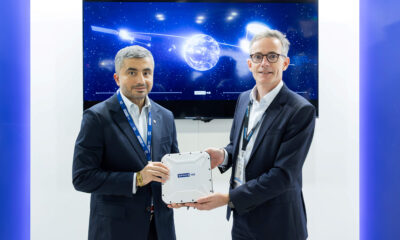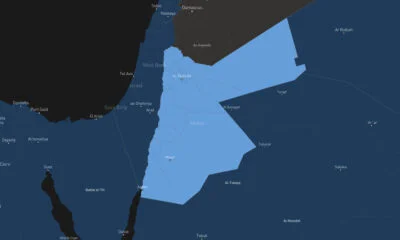News
UAE Prepares To Launch Two Satellites: Thuraya-2 And MBZ-SAT
HH Sheikh Hamdan bin Mohammed bin Rashid Al Maktoum chaired the first meeting of the Supreme Space Council yesterday.
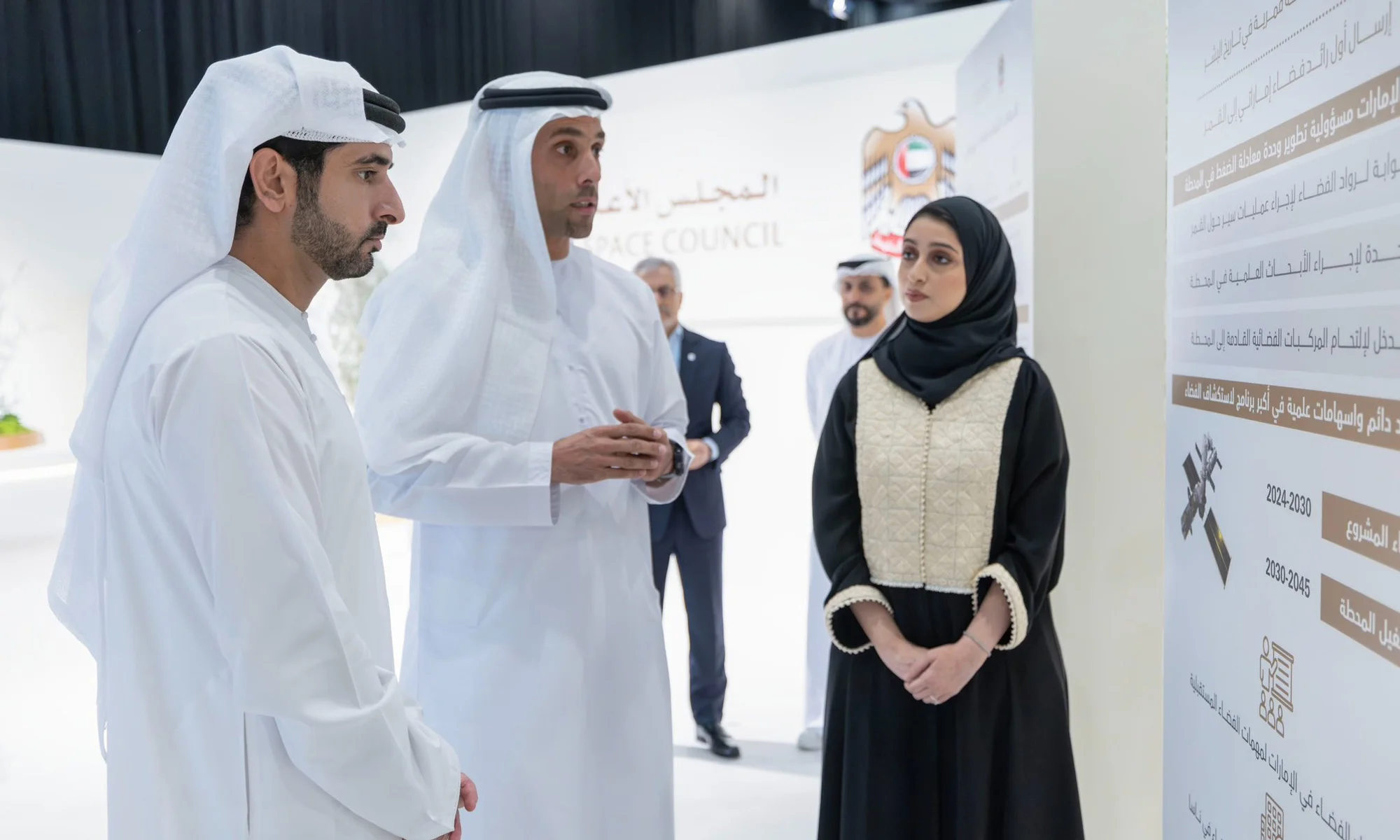
HH Sheikh Hamdan bin Mohammed bin Rashid Al Maktoum, Crown Prince of Dubai and Deputy Prime Minister of the UAE, chaired the first meeting of the Supreme Space Council in Dubai on December 16, 2024. The session highlighted the UAE’s ambitious space plans and took stock of the sector’s economic progress.
The council emphasized the growing role of private companies in advancing space technologies, noting that their contributions are now equal to that of the public sector. Members also praised initiatives like the Space Economic Zones Programme, which are designed to fuel innovation and investment in the space industry.
خلال ترؤسنا الاجتماع الأول للمجلس الأعلى للفضاء، بحثنا الاستثمارات الوطنية والمشاريع المقبلة في قطاع الفضاء والذي يشهد تطوراً مستمراً… وجددنا التزامنا بدعم ومواصلة تنفيذ برامج طموحة لاستكشاف الفضاء الخارجي حيث وصل حجم الاستثمارات في هذا القطاع إلى 40 مليار درهم خلال السنوات… pic.twitter.com/etJ33OnuSu
— Hamdan bin Mohammed (@HamdanMohammed) December 16, 2024
Discussing the UAE’s space journey, HH Sheikh Hamdan bin Mohammed bin Rashid Al Maktoum remarked, “The national space sector continues to grow and advance, and we take immense pride in the remarkable achievements we have accomplished over the years”.
Sheikh Hamdan also received updates on two upcoming satellite projects: Thuraya-2 and MBZ-SAT. Thuraya-2, developed by Space42, is slated for launch this December. Meanwhile, the MBZ-SAT, created by the Mohammed Bin Rashid Space Centre (MBRSC), will soon follow. MBRSC, a major driver of the UAE National Space Programme, continues to lead the nation’s space-related developments.
Space42 took the opportunity to showcase its advancements, including ongoing collaborations between public and private entities. The company also outlined strategies to promote innovation, boost revenue streams, and create new opportunities for growth in the sector.
Also Read: IBM Opens New Doha Office To Support Qatar’s Digital Growth
The UAE’s current projects build on a growing legacy of space exploration. Back in 2020, the nation made headlines with its Mars mission, successfully sending a probe into the planet’s orbit in 2021. This mission, which is now in its second phase as of June 2024, has been collecting critical data to develop a comprehensive diurnal image of Mars.
The UAE also ventured into lunar exploration with an unmanned mission aimed at studying untouched regions of the Moon’s surface. While the probe ultimately crashed during its landing attempt after communication was lost seconds before touchdown, the effort represented a significant step in the country’s exploration ambitions.
News
Google Releases Veo 2 AI Video Tool To MENA Users
The state-of-the-art video generation model is now available in Gemini, offering realistic AI-generated videos with better physics, motion, and detail.

Starting today, users of Gemini Advanced in the MENA region — and globally — can tap into Veo 2, Google’s next-generation video model.
Originally unveiled in 2024, Veo 2 has now been fully integrated into Gemini, supporting multiple languages including Arabic and English. The rollout now brings Google’s most advanced video AI directly into the hands of everyday users.
Veo 2 builds on the foundations of its predecessor with a more sophisticated understanding of the physical world. It’s designed to produce high-fidelity video content with cinematic detail, realistic motion, and greater visual consistency across a wide range of subjects and styles. Whether recreating natural landscapes, human interactions, or stylized environments, the model is capable of interpreting and translating written prompts into eight-second 720p videos that feel almost handcrafted.
Users can generate content directly through the Gemini platform — either via the web or mobile apps. The experience is pretty straightforward: users enter a text-based prompt, and Veo 2 returns a video in 16:9 landscape format, delivered as an MP4 file. These aren’t just generic clips — they can reflect creative, abstract, or highly specific scenarios, making the tool especially useful for content creators, marketers, or anyone experimenting with visual storytelling.
Also Read: Getting Started With Google Gemini: A Beginner’s Guide
To ensure transparency, each video is embedded with SynthID — a digital watermark developed by Google’s DeepMind. The watermark is invisible to the human eye but persists across editing, compression, and sharing. It identifies the video as AI-generated, addressing concerns around misinformation and media authenticity.
While Veo 2 is still in its early phases of public rollout, the technology is part of a broader push by Google to democratize advanced AI tools. With text-to-image, code generation, and now video creation integrated into Gemini, Google is positioning the platform as a full-spectrum creative assistant.
Access to Veo 2 starts today and will continue expanding in the coming weeks. Interested users can try it out at gemini.google.com or through the Gemini app on Android and iOS.


